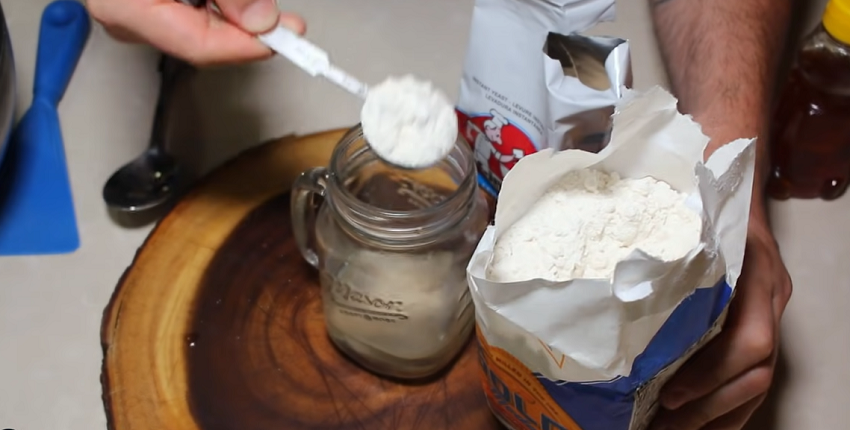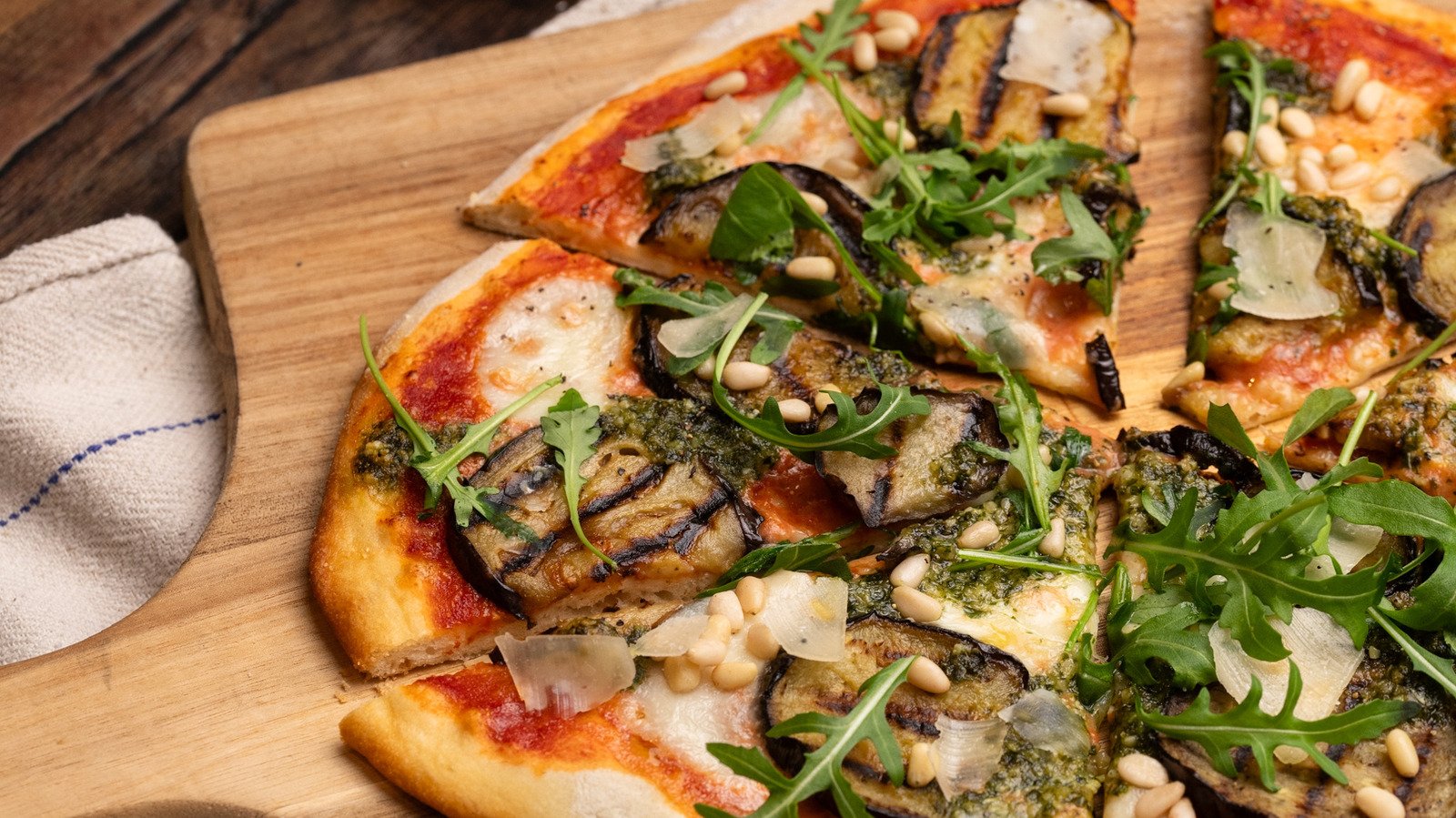Pizza is a beloved dish enjoyed worldwide, and one of the key elements that make or break a pizza is its crust. The type of flour used plays a crucial role in achieving the desired texture, flavor, and overall crust quality.
(See all Pre-Baking Pizza Crust Tips for the Perfect Crust)
I’ll explore the different types of flours commonly used for making pizza and understand how they contribute to creating the perfect crust. By understanding the characteristics of each flour, you can elevate your pizza-making skills and create a crust that suits your personal preferences.
All-Purpose Flour
All-purpose flour is a versatile option that is readily available in most kitchens. It is a blend of hard and soft wheat, which gives it a moderate protein content. This flour suits various pizza dough recipes, offering a balanced texture and a slightly chewy crust. Its ability to produce consistent results makes it a popular choice for home pizza-making.
Bread Flour
Bread flour is known for its higher protein content compared to all-purpose flour. This increased protein content leads to stronger gluten development, resulting in a chewier and more substantial crust. Bread flour provides excellent structure and can withstand the weight of heavy pizza toppings. If you prefer a hearty and chewy crust that can hold its shape, bread flour is an excellent choice.
Tipo “00” Flour
Tipo “00” flour is a staple in Italian pizza-making. It is finely milled and has a low protein content. This fine texture contributes to a smooth and elastic dough, making it easy to work with. Tipo “00” flour produces a tender and light crust that is crispy on the outside and soft on the inside. It is an ideal choice for those seeking an authentic Italian-style pizza.
Whole Wheat Flour
Whole wheat flour is a great option for a healthier twist on the pizza crust. It contains the entire grain, providing a nutty flavor and higher fiber content. Whole wheat flour adds complexity and a hearty texture to the crust, giving it a wholesome and rustic appeal. It is important to note that whole wheat flour absorbs more liquid so adjustments may be necessary for pizza dough recipes.
Gluten-Free Flour
With the growing demand for gluten-free options, many gluten-free flours are available for pizza-making. These flours create a different texture and taste in pizza crusts, often resulting in a lighter and crumblier crust. Among the popular alternatives are rice flour, almond flour, and tapioca flour. Experimenting with gluten-free flour allows individuals with dietary restrictions to enjoy delicious homemade pizza.
Other Specialty Flours
Incorporating specialty flours into your dough recipes adds depth and complexity to your homemade pizza creations. In addition to the commonly used flours, a world of specialty flours is waiting to be explored in pizza-making. Each of these flours has unique characteristics that can contribute to the flavor and texture of your pizza crust. Spelled flour, rye flour, and cornmeal are just a few examples.
Considerations and Tips
When selecting flour for your pizza dough, consider factors such as desired crust texture, flavor profile, and availability. Experimentation is key to finding the perfect balance for your preferred crust style. Following the recipe instructions and making necessary adjustments based on the flour’s characteristics is also essential. Additionally, be aware of potential challenges when using alternative flours and seek resources or expert advice to overcome them.
Conclusion
Selecting the right flour is essential in making the perfect pizza crust. All-purpose flour offers versatility, while bread flour creates a chewier crust. Tipo “00” flour provides an authentic Italian experience, and whole wheat flour adds complexity and a hearty texture. Exploring specialty flours introduces unique flavors and contributes to the overall character of your crust. Gluten-free flours open up pizza-making possibilities for those with dietary restrictions.









